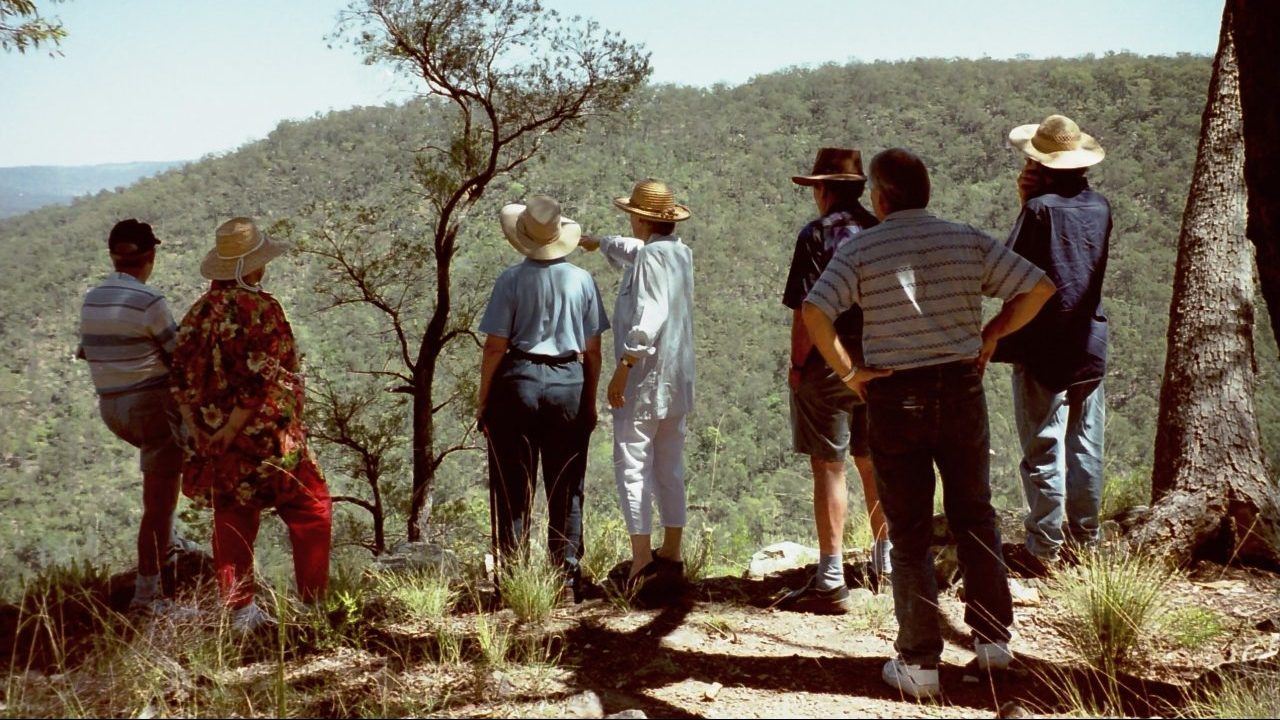Case studies in complexity series

This series features case studies in knowledge management (KM) in the face of complexity from my (Bruce Boyes) previous work, complementing RealKM Magazine‘s numerous articles on complexity science and practice. These resources include the four Overseas Development Institute (ODI) series, which provide what is arguably the most comprehensive research-based guidance in existence in regard to how to respond to complexity. The ODI article series are Exploring the science of complexity1, Planning and strategy development in the face of complexity2, Managing in the face of complexity3, and Taking responsibility for complexity4.
Much of my work over the past 40-plus years has involved working with knowledge, in particular tacit knowledge, in the face of complexity.
My experiences began right from when I finished high school and became part of the very first intake of Royal Australian Air Force (RAAF) Technologist Apprentices (TECHAPPs) in 1982. The TECHAPP scheme and associated Systems Technician (SYSTECH) trade group were introduced in response to increasing complexity and integration in aircraft systems.
This grounding in complexity was followed by extensive experience working with knowledge in environmental management, where on a daily basis I’ve had to deal with wicked problems5 including biodiversity loss, landscape sustainability, and climate change. My work in this regard has been innovative and pioneering, for example the coordination of acclaimed projects such as the Sustainable Management of the Helidon Hills project and award-winning projects such as Holistic Natural Resource Management of Crow’s Nest Shire.
Environmental management is a highly contested issues, with a diverse array of stakeholders having a wide range of different and often conflicting perspectives in regard to what should be done and how it should be done. The way in which each stakeholder approaches an issue will be influenced by their wider frame of interactions, and that’s different for each person. This creates a socially complex context for decision-making, and is further compounded by the ecological complexity of natural systems. Because of this, a large and continually growing body of complex socio-ecological systems6 research has been published.
PLEASE NOTE: Part 1 of this series is currently being revised and updated. It will be republished by early 2024.
Header image source: www.futureatlas.com on Flickr, CC BY 2.0.
References:
- Ramalingam, B., Jones, H., Reba, T., & Young, J. (2008). Exploring the science of complexity: Ideas and implications for development and humanitarian efforts (Vol. 285). London: ODI. ↩
- Hummelbrunner, R. and Jones, H. (2013). A guide for planning and strategy development in the face of complexity. London: ODI. ↩
- Hummelbrunner, R. and Jones, H. (2013). A guide to managing in the face of complexity. London: ODI. ↩
- Jones, H. (2011). Taking responsibility for complexity: How implementation can achieve results in the face of complex problems. London: ODI. ↩
- Wikipedia, CC BY-SA 4.0. ↩
- Wikipedia, CC BY-SA 4.0. ↩






